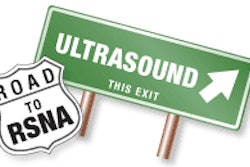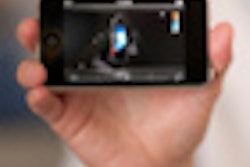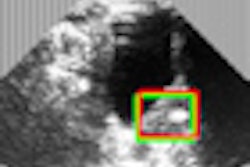Sunday, November 27 | 10:55 a.m.-11:05 a.m. | SSA21-02 | Room S504AB
In this Sunday scientific presentation, researchers will share how in vivo compression can improve interobserver agreement and intraobserver reproducibility in thyroid elastography.Despite various studies showing the potential of external compression ultrasound elastography for differentiating between benign and malignant nodules, the technique is not in clinical use today, primarily due to low inter- and intraobserver agreement, said presenter Yongmin Kim, PhD, of the University of Washington.
The group has been working on thyroid elastography using intrinsic compression of the carotid artery for about six years. The researchers believe that in vivo compression could eliminate variability caused by different compression levels applied by the operator(s) and render more reproducible results, according to Kim.
To investigate the interobserver agreement and intraobserver reproducibility in thyroid elastography using in vivo compression, the researchers had three inexperienced endocrinologists perform elastography on the same 56 patients. They found that the technique yielded statistically significant intraobserver and interobserver agreement.
"Our study demonstrated that the in vivo compression thyroid elastography method produces more reliable results and requires less experience and training, thus overcoming the previously reported limitation of no statistically significant interobserver agreement with external compression elastography," Kim said. "We believe that it can become a clinically useful tool in determining the need of a thyroid [fine needle aspiration (FNA)] biopsy."




















